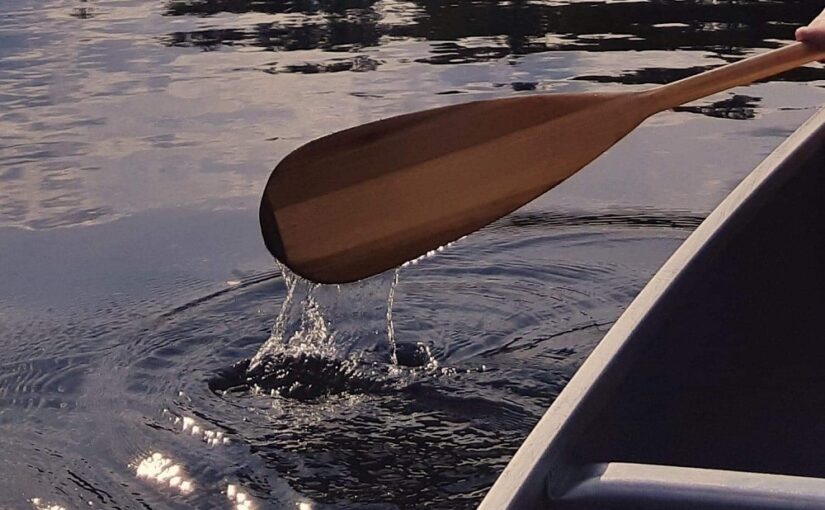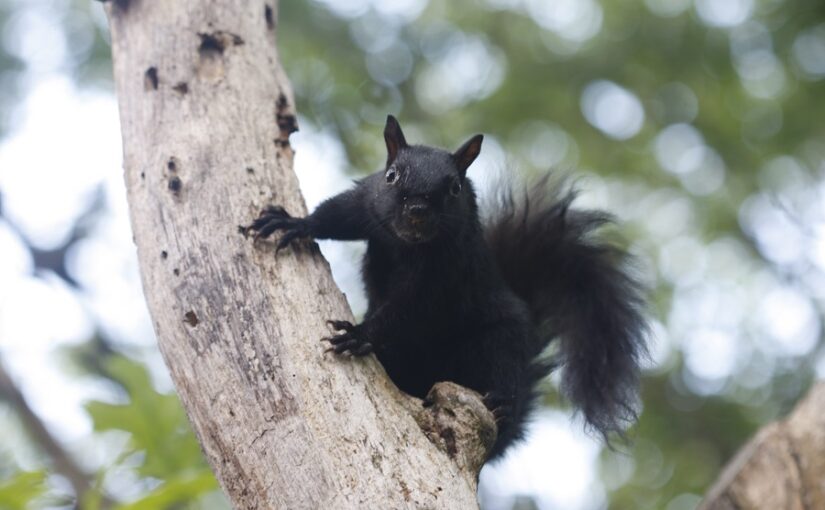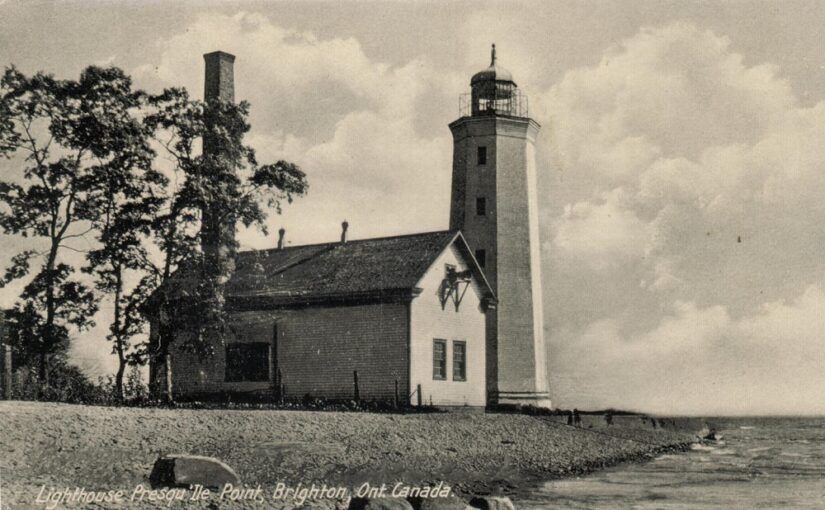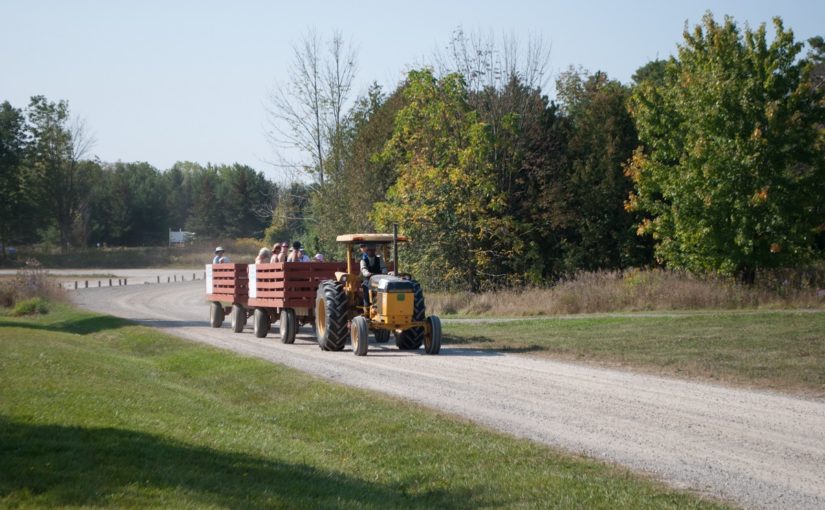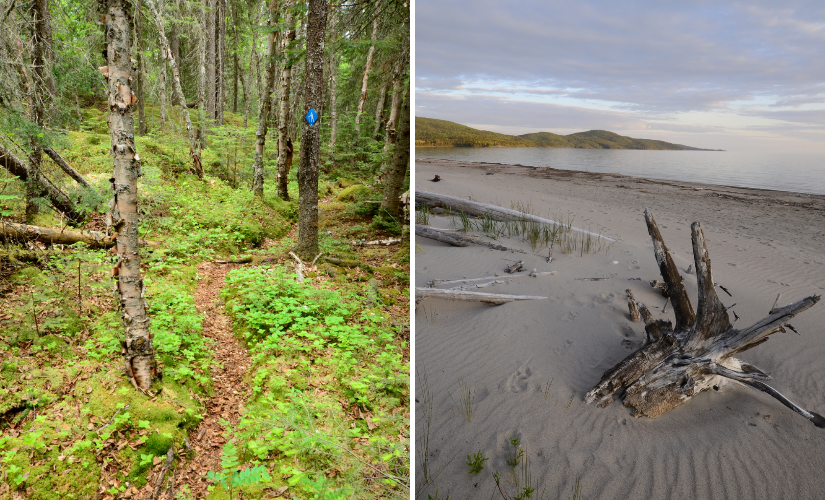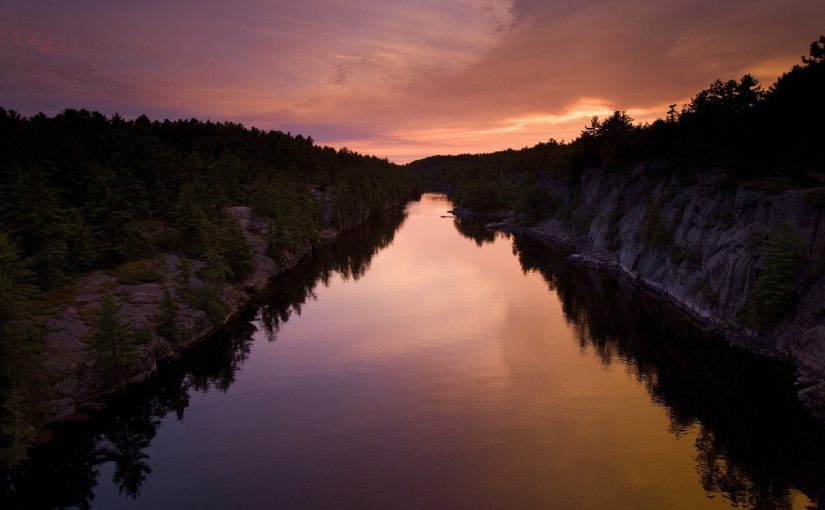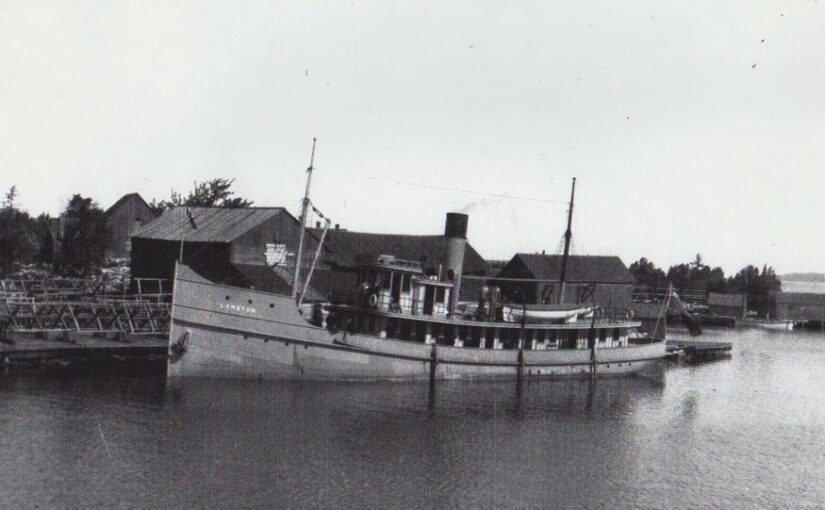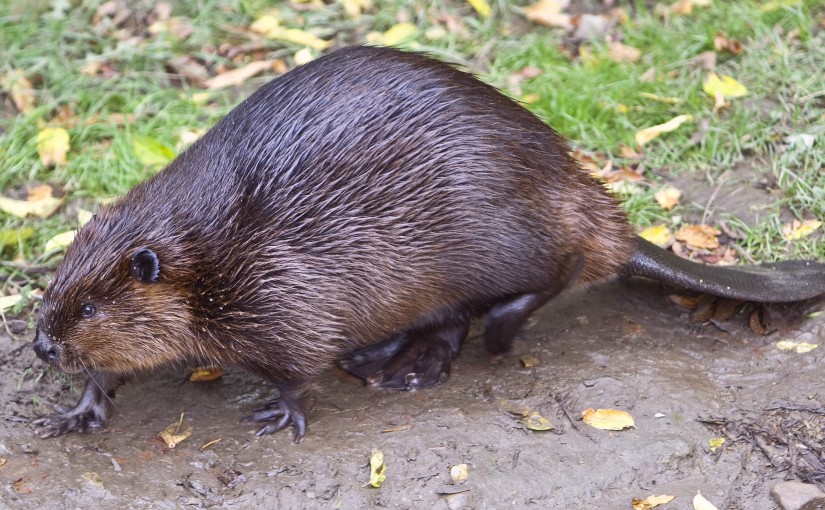Today’s post comes from Micaela Lewis, a Discovery Program student at Neys Provincial Park.
Gazing through Neys’ iconic forested dune system is an awe-inspiring experience that park visitors cherish.
With the soft sand, lichen-covered trees, and colourful wildflowers, the forest appears almost enchanted.
But the landscape didn’t always look this way.
The dunes have been present for thousands of years, as the Little Pic River has deposited sand along the banks of the river and into Ashburton Bay.
The bay is hugged by a long stretch of beach that the park is well known for. Waves created by the winds over Lake Superior move the sand ashore, forming the dunes.
The dunes of Neys have seen years of change. Come with us on a journey through history to explore this unique ecosystem.
Continue reading 80 years of change in Neys’ sand dunes

